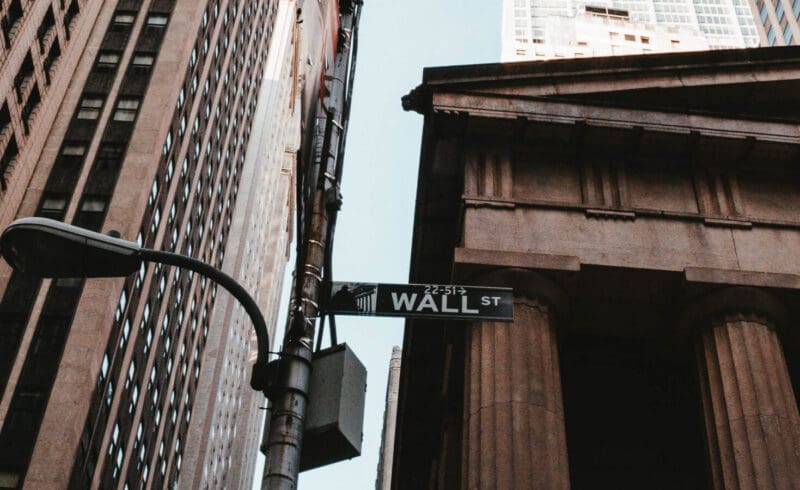Being part of the packaging sector, and specifically the glass manufacturing segment of the industry, makes it impossible to ignore the financial and operational squeeze.
To better understand the energy crisis impact on the glass industry, I recently spoke with a number of senior leaders in glass manufacturing to get their thoughts and insights into how the industry is currently performing. Through these conversations, three key trends seemed to emerge:
1.Customers are nervous about the energy crisis impact on the glass industry
As machine manufacturers, some businesses are seeing the effects of the energy crisis primarily from the customer perspective. Their clientele are skittish, resulting in them withdrawing orders, delaying projects, and rethinking their capex investments. This is putting a dent into their investments and is generating a significant worry for their long-term business operations.
At the moment, manufacturers are working hard with procurement intelligence teams to determine what exactly the future holds. However, this is a difficult endeavour. According to Bucher Emhart Glass, even with a crystal ball, predicting the future is nigh impossible with the current state of things. It is thought that some glass manufacturers will need to double their prices in order to cover increasing energy costs.
2. Extortionate Prices
Heinz-Glas is suffering from Germany’s rapidly rising energy costs and the outlook is bleak. Potential reductions in costs may occur at some point, but these would result in widespread company issues.
According to a senior leader at another leading glass bottle manufacturer, operations are a huge challenge right now for any kind of energy-intense business. Government operations do not seem to be helpful, plus with ongoing political conflict in various places around the world, it seems likely that prices will remain high and cause major issues within the EU come winter of 2022.
In 2020, during the midst of the pandemic, energy prices were very low. Many glass manufacturers took this as a sign that prices would inflate massively when the pandemic subsided. They were mostly right, and therefore a number of them made certain contingency plans that are now serving them well in terms of energy supply chain security. This is not unusual for the glass industry, which is consistently ahead of the game. However, there is uncertainty with market prices; this is resulting in the need to forward increases in costs to customers, which obviously leads to the potential to lose customers to competition.
3.Pivoting Towards Net-Zero
For the long-term, there aren’t any obvious solutions. Many companies are simply trying to approach every day as best they can. The French multinational Saint-Gobain is focusing on its sustainability efforts, both short-term and long-term, which naturally results in better equipping them to handle any potential future crises.
With the goal to reach net zero carbon emissions by 2050, SG is working hard to lead the way within glass manufacturing, setting an example for all industries. Going in the direction of green energy now is advisable, as prices for solar and wind power are steadily increasing as infrastructure for these energy sources becomes more viable and reliable.
Future Implications
As of right now, the future doesn’t look too bright for glass manufacturers – it’s difficult to see where the current inflation spiral will end. Finding solutions is also not as straightforward as one might think. There are lots of options being thrown around: decarbonisation; trying to secure alternative suppliers; even looking at aluminium or other materials to evaluate their capabilities.
Security of supply is more on the radar than ever before in history; the glass industry overall is very concerned about ensuring that they are still able to produce enough inventory to keep up with demand. For some, this means powering forward. For example, Wiegand-Glas recently stated: “Despite the current, extremely uncertain supply and cost situation on the energy market, our management decided to start up the second furnace in our new glass plant in Thuringia. This is a sign that Wiegand-Glas is convinced that, together with our customers, business partners and employees, we can overcome this currently very difficult situation.”
This has a number of implications for the hiring and retention of talent. While the situation currently looks austere, the packaging industry in general has no shortage of job opportunities that offer growth and development. This sector also offers the unique opportunity to contribute to the production and dissemination of a globally essential product, offering a rewarding career of problem-solving and decision-making. It’s understandable that many might be hesitant to work in an industry currently suffering from the effects of the energy crisis, but there are a number of different functions within packaging that can offer very attractive compensation packages. Those with backgrounds in ESG will find themselves in high demand as many manufacturers pivot towards the net-zero goal mentioned earlier, as well as those with experience in data science and predictive technology.
–
Be sure to follow us on LinkedIn to stay up-to-date with all the latest trends and developments taking place across the end-to-end supply chain. Proco Group remains available to discuss any of the market conditions mentioned above and how we can help you navigate the supply chain through talent. For more insights, click here


